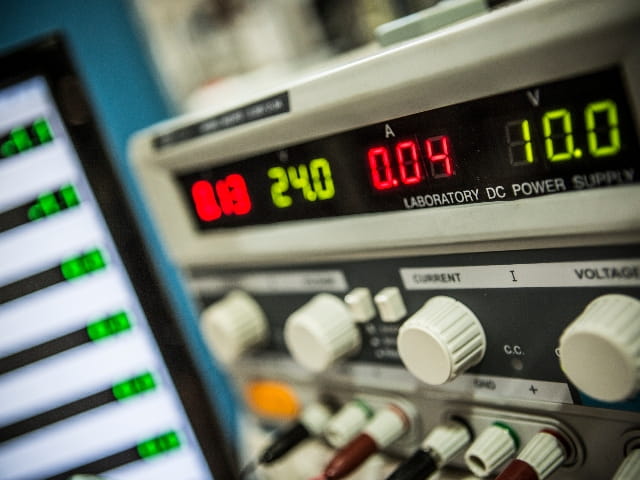With the publication of Edition 4 of IEC 62368-1 in May 2023, manufacturers of audio/video, information, and communication technology equipment are affected by numerous normative changes. This detailed guide covers key changes, compliance strategies, and their impact on the electronics industry. Gain the knowledge you need to navigate and implement these crucial standards effectively.
What is IEC 62368-1:2023?
The IEC 62368-1:2023 standard is the latest edition of the technical standard that outlines product safety requirements for audio-video products, IT and communication equipment, and various office equipment with a rated voltage not exceeding 600V. It aims to reduce the risks of fire, electrical shocks, and other hazards. As you can imagine, this encompasses a huge range of today’s electronic devices used by both businesses and consumers. This standard is published by the International Electrotechnical Commission (IEC) and is the main basis of electrical safety compliance in the USA and the EU.
Overview of the Important Changes in Edition 4 of IEC 62368-1:2023
Changes in Terminology
One of the significant updates in the 4th edition of IEC 62368-1:2023 is the clarification in terminology. The use of "shall" and "can" instead of "may" makes it clear when a requirement is mandatory or optional. Specifically, the change from "may only" to "can only" clarifies that individuals must meet specific legal requirements to be classified as instructed or skilled persons.
Deletion of Obsolete Standards
The 4th edition of IEC 62368-1:2023 has removed the acceptance of outdated standards like IEC 60065 and IEC 60950 from Section 4.1.1. Previously, these were acknowledged for a smoother transition of safety assessments. Now, components previously certified under these standards, such as power supplies and mainboards, need to be re-evaluated under the updated guidelines.
Batteries
Annex M, which covers batteries and their protection circuits, has been heavily revised in IEC 62368-1:2023, especially for devices with lithium batteries. The scope of the annex has been expanded to include more battery types, and the requirements for button cell covers have been precisely defined.
Electrical Hazards
Changes regarding electrical hazards in IEC 62368-1:2023 include updates in antenna connections and external circuits, particularly data connections. The standard now specifies that insulation tests are not applicable for antenna connections intended solely for indoor antennas. Additionally, the table for external circuits has been expanded to address anticipated transient overvoltage, providing detailed descriptions for different network environments.
Fire Protection
Fire protection requirements have seen notable changes in IEC 62368-1:2023. The general flammability requirement can now be verified through glow wire testing, which reduces the need for certain component verifications. Restrictions on electrical outputs for connections to other equipment, previously limited to communication outputs, now include requirements for motors and transformers in PS2 circuits. Wireless power transfer (WPT) devices are increasingly common, and IEC 62368-1:2023 has revised the heating test sequence and procedure for these devices. It's important to note that burn hazard requirements, already included in Edition 3, remain a critical part of this section.
Protection Against Burns
New limits for contact temperatures in body-worn equipment have been established in IEC 62368-1:2023, impacting devices like smartwatches. These adjustments ensure that such devices meet stringent safety requirements to protect users from burn injuries.
When will the 4th Edition of IEC 62368-1 Come Into Force?
Presently, EN 62368-1:2014 (2nd edition) serves as the applicable standard for a declaration of conformity; however, it is scheduled for withdrawal on July 6, 2024.
The revised European version, aligned with IEC 62368-1:2023, is anticipated to be published in the EU Official Journal in late 2023 or early 2024. Swift inclusion as a harmonized standard in the Low Voltage Directive (LVD) is expected, followed by a subsequent transition period of up to two years.
What do manufacturers need to do?
The many changes to IEC 62368-1:2023 affect numerous components and products. Even though the 4th version will probably not become mandatory until 2026 or 2027, you should be prepared. Our electrical safety testing experts can help you determine what action is needed.
Steps to Prepare for Compliance:
- Review the Key Changes: Familiarize yourself with the updates in the 4th edition of IEC 62368-1:2023, particularly those affecting your products.
- Assess Current Products: Determine which components and products will be impacted by the new standard.
- Plan for Testing and Certification: Schedule time with testing and certification experts to ensure your products meet the new requirements.
- Update Documentation: Make sure all technical files and declarations of conformity are updated to reflect compliance with IEC 62368-1:2023.
- Stay Informed: Keep up-to-date with any further announcements regarding the enforcement dates and transition periods for the new standard.
Conclusion
IEC 62368-1:2023 represents a significant step forward in ensuring the safety of a wide range of electronic devices. By adopting a hazard-based safety engineering (HBSE) approach, the standard provides flexibility for innovation while maintaining rigorous safety standards. The updates in the 4th edition, from terminology changes to detailed requirements for batteries and electrical hazards, reflect the latest technological advancements and regulatory needs.
For manufacturers, staying compliant with IEC 62368-1:2023 is essential not only for legal and market access reasons but also for ensuring the safety and trust of their customers. As technology continues to evolve, adhering to updated safety standards will remain a critical aspect of product development and certification.
For further details on how to ensure your products comply with IEC 62368-1:2023, or to learn more about Element’s testing and certification services, visit our About Us page
Find related Resources
Top Ten Reasons Why Electronic Medical Products Fail Safety Testing
From design flaws to incorrect documentation, electronic medical products fail safety certification for a number of reasons. Some of the most common errors we see can be detected and corrected before final assessment, making for a faster and less expensive test program. READ MOREUnderstanding Electrical Product Safety Standards
Manufacturers of electrical and electronic products and devices often presume the compliance journey is going to be fraught, wrongly believing electrical product safety standards are a bewildering compilation of rules and regulations. READ MOREMore from Element
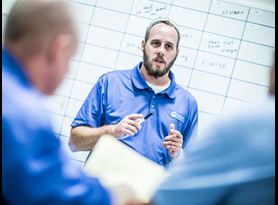
CE Marking for the European Union
Element supports companies from start to finish to help them negotiate European Directive standards and achieve CE Marking on electrical products.
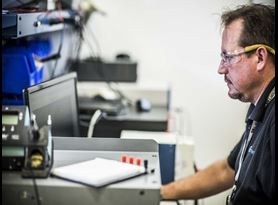
Electrical Product Safety Testing, Why Do So Many Products Fail?
Read our guide to learn our helpful tips and ensure your products are compliant first time.
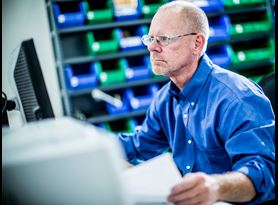
Product Certification and Approvals
Element has a dedicated team of experts providing ISO 17065 accredited certification services from offices across the globe.
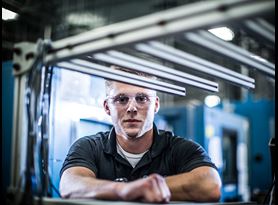
IECEE CB Scheme & Approvals
As a National Certification Body (NCB), Element can test your products under the IECEE CB Scheme and can provide internationally recognized certificates.
